
Since Qualcomm released the Snapdragon 810 last year, the debate over the overheating of the 810 has never stopped. This debate began after the 810 had not been distributed. On the one hand, the major science and technology media questioned the fever of the 810. On the other hand, Qualcomm is constantly denying 810 overheating. But the so-called paper package can not live, with the major mobile phone manufacturers have released the phone equipped with Qualcomm 810, Xiaolong's fever was raised on the table, whether it is the first use of 810 LG Flex2, or later HTC One M9 and The Sony Z3+ is not so "cool".
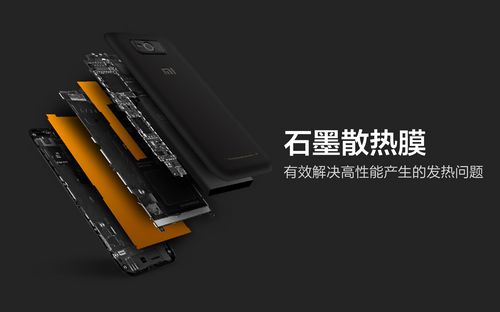
The issue of mobile phone cooling has been a long-standing issue. As early as the end of 2011, Xiaomi, which was equipped with Qualcomm's S3 (MSM8260) 1.5GHz dual-core processor, was born. With Xiaomi, it is the graphite heat sink that we are now familiar with. As the first mobile phone with a graphite heat sink as a selling point, Xiaomi's 1st generation heat generation is indeed somewhat high, but this is only the beginning of mobile phone temperature control.

Xiaolong 810 is not the first time in the history of mobile phones overheating problems, as early as in 2012 HTC One X appeared on the problem of overheating, HTC One X as the world's first listed quad-core smart phones, which uses Nvidia Terga 3 Processor, the processor uses a 45-nanometer process, quad-core 1.5GHz. Terga series processors are well-known for their heat generation. Such high-frequency processors use backward 45-nanometer technology (the same time Samsung Exynos 4412 uses 32-nanometer technology). The degree of violence can be imagined that the maximum temperature of One X can even be achieved. Above 47°C.

Here we take a look at today's protagonist - Snapdragon 810, as Qualcomm's current main SoC, is used by many Android manufacturers, eight-core design, 20nm process manufacturing, 64-bit architecture, using the ARMv8-A instruction set It consists of four Cortex A57s and four Cortex A53s. The A57 core clocks at 1.96 GHz, while the A53 core clocks at 1.56 GHz and the GPU is Adreno 430. As for how hot it is to exaggerate it, as shown above... Today we will take a look at those models that use the Xiaolong 810's unfortunate number of arrows.

what? Do you think that being the first Flex 2 equipped with Snapdragon 810 can escape the fate of overheating? What is Tucson's artwork? The reason why Flex 2 is not as famous as M9 and Z3+ is because its unique curved screen design has a very low sales volume...
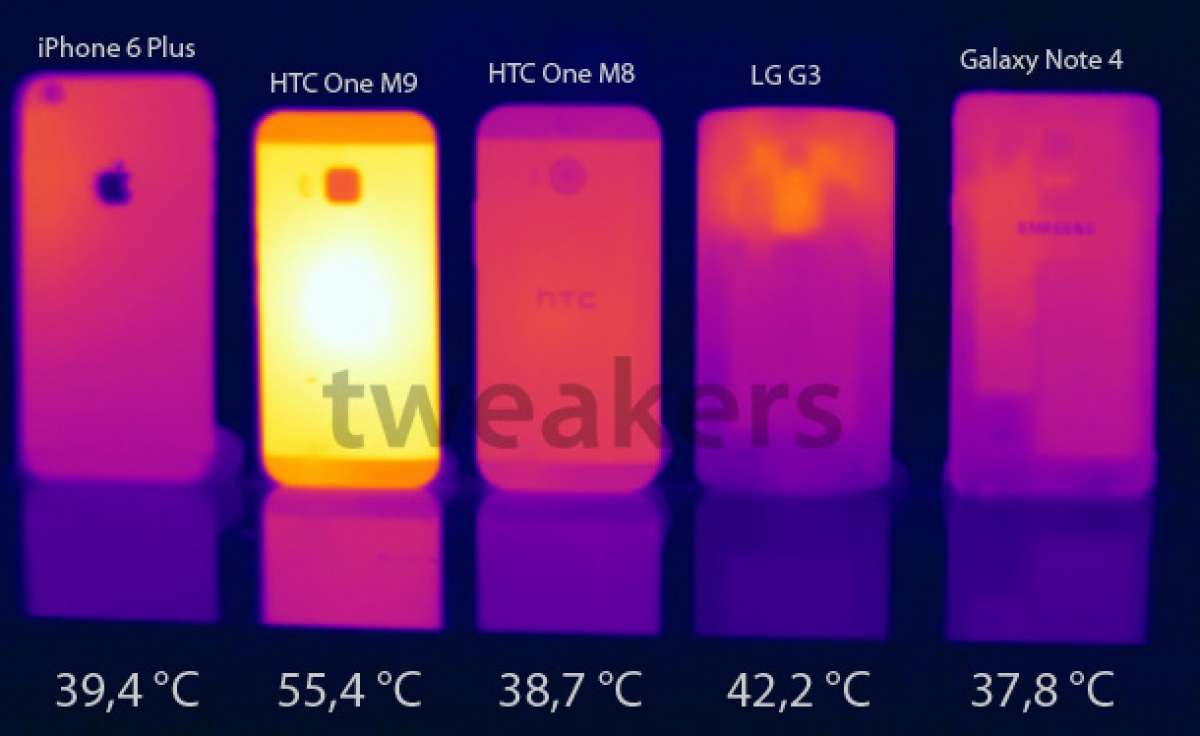
In the heat test, HTC M9 is like a beacon.
After the hot egg-like performance of HTC One and the Sony Z3+'s camera shutdown caused by overheating, Qualcomm finally admitted that the 810 is overheated and has been working hard to fix the problem. Among the models that have already been released, the HTC M9 and the Sony Z3+ are undoubtedly the hats that stand on top of the “heat champion.†The former, due to the high thermal efficiency of the metal body, shows a “fried eggâ€-like heat during heavy use. The ability, whether it is local or whole machine temperature, is "distantly leading" to other brands of mobile phones, and even jokingly called "The ultimate goal of HTC is to become Iron Man."

The Sony Z3+ also did not dare to lag behind. Overheating and lowering the Z3+ is just a piece of cake. In the camera shooting test, the prompt “The phone is overheated and the camera needs to be temporarily turned off†is the Z3+ killer for the fever champion. Fortunately, the Z3+ has three. Anti-design, can be "water-cooled", overheated, pour cool water down...
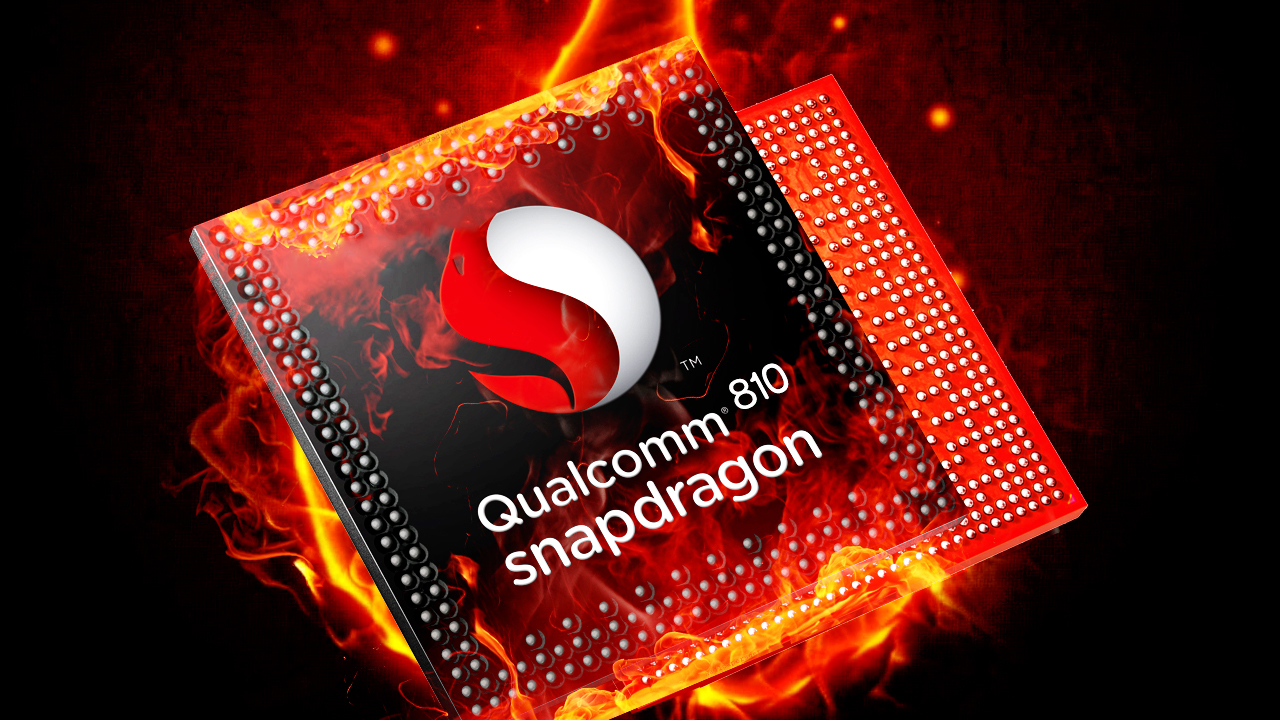
In the case of Qualcomm 810's serious fever, many manufacturers have begun to focus on solving the 810's fever problem, making every effort to reduce the number of active, downsizing, a number of cooling technology stack, and even some so-called "black technology."
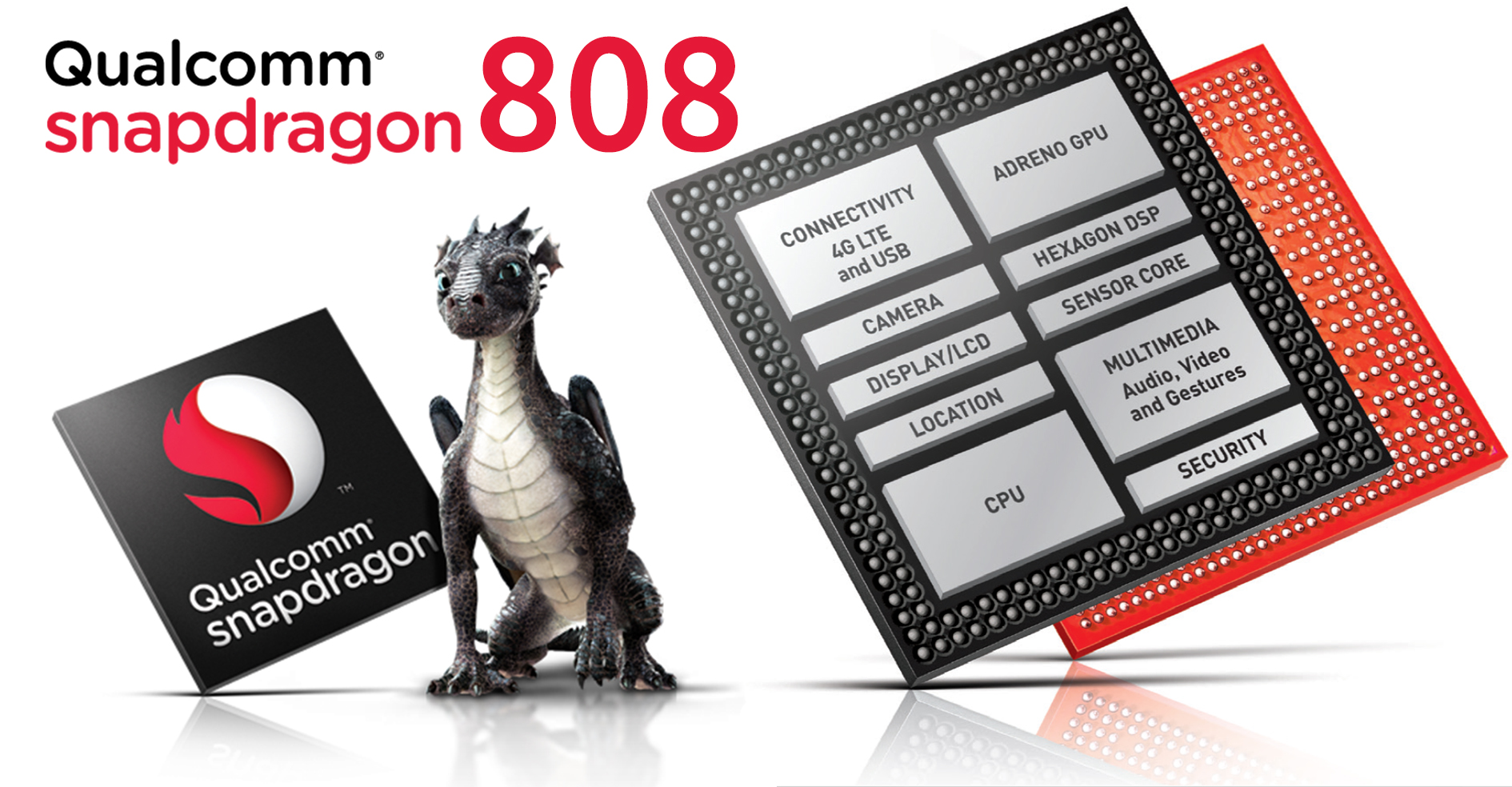
The most radical of these is LG. As the world’s first mobile phone manufacturer with 810, LG is very simple and straightforward in “solving†overheating issues. It directly abandons its use of 810 on flagship G4 and seeks for it. Secondly, the use of heat and power consumption is relatively stable 808. Although not using the highest-end 810 high-end, but in the media evaluation LG G4 experience does not lag behind other Android flagship models, due to 808 fever control is not a good case of serious down-clocking, in some running points test instead Better than 810.

In addition to LG's abandonment of the 810, it is another important partner that made Qualcomm feel worse. Samsung also directly abandoned Qualcomm's own Orion Exynos 7420. And in terms of performance or heat control, the Exynos 7420 with 14nm technology is far ahead of the Snapdragon 810.
Having said these great international companies, let us see how domestic manufacturers have solved the 810 overheating. Whether it is the millet note top version, music as 1 pro, music Max, or one plus two generations are "uniform fever" as a selling point, one by one can be said to make Qualcomm dumbfounding. Among them, Millet, OnePlus, and LeEco all adopted 810 v2.1, the third edition. Qualcomm did not specify it, but compared to the first edition of LG Flex 2 and the second edition of HTC M9, v2.1. The fever has improved slightly, but still can't get rid of the overheated hat.
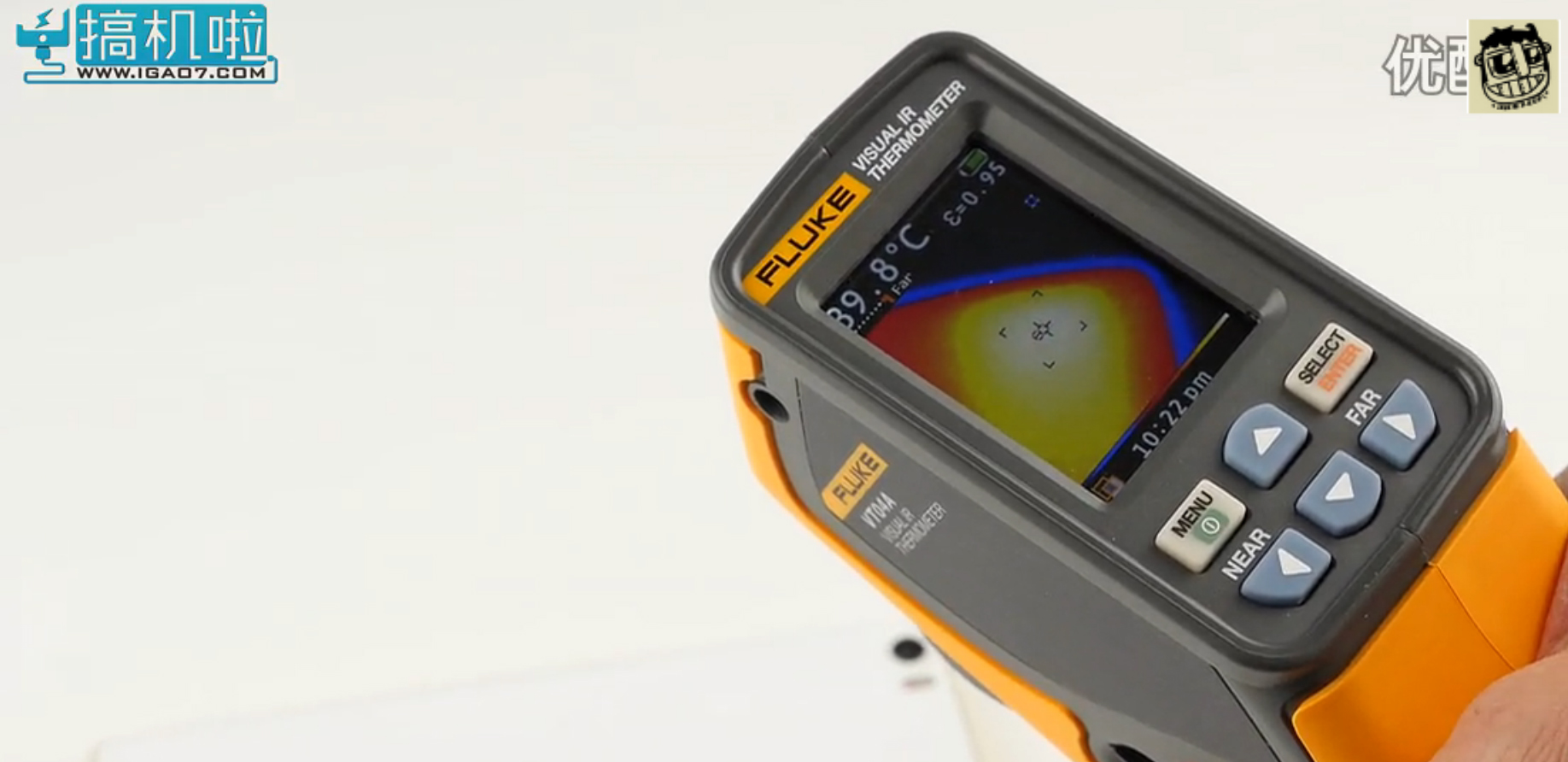
Xiaomi’s claim is “coordinating with Qualcomm engineers to solve the problem of feverâ€, but after our dismantling, it was found that Xiaomi's so-called “solution†is actually applying thermal grease on the SoC to make the SoC module and the body. The metal middle frame is in contact with each other, and the metal middle frame is used as a heat dissipation fin to increase the heat dissipation area. This cooling method is similar to the cooling module of a notebook computer. In our game tests, the maximum temperature of the millet Note top version reached about 40°C in only 20 minutes, and the fever control was not as good as Xiaomi’s propaganda.

In contrast, one plus two generations are relatively clear. In combination with hardware and software, the first is the use of a heat-dissipating module combining a thermal grease, a copper alloy shield, and a three-layer graphite heat spreader on the 810; -Cube patented software algorithm that actively limits the core frequency and stop the core. After our test one plus two, the maximum frequency of the 810 four A57 cores is limited to 1.7GHz, which is a full 300MHz lower than the design frequency of Qualcomm. Although various active downshifts and stoppages can reduce the heat of the mobile phone, it is This approach obviously will sacrifice the performance of mobile phones. Although OnePlus has taken various measures to limit the fever of 810, the actual effect is not ideal. In our heat test, the maximum temperature of one plus two generations reached a touching 49.3°C, and it was selected as a single item in this list.

LeTV, who was deeply involved in the Xiaomi Shuikou Warfare, spared no effort to publicize its own “How to Train Your Dragon†at the press conference. The model of the lying gun was Xiaomi Note Top Edition and HTC One M9. But no matter how LeTV brag about its own cooling technology, Le 1pro also can not escape the fate of overheating, the thermal conductivity of its metal body is very high, plus 810 this large stove, the maximum temperature once reached 44.2 °C ... ... can only say that the training of dragon The road is long. As for the Le 1pro using what kind of cooling technology? Sorry, please turn left and ask for LeTV.

Of course, Qualcomm will have more than 810 fever, and its younger brother, the Long 615, will also have a fever. Our feelings, the nut phone, is one of them. In our fever test, the maximum temperature of a nut phone was once as high as 47.3°C. Although the hot spot was concentrated in the upper part of the back, 47.3°C was a bit difficult to justify. However, after all, the sentiment was bought by the user, and users who presumably will buy nut will not care about it.

However, you should not think that fever is a patent of Qualcomm. A brand using MediaTek Helio X10 SoC (MT6795) can achieve an amazing 51.8°C after two hours of high-intensity game testing. It shows that in addition to the heat control of the chip itself, The thermal design of the manufacturer is equally important.

The above is the most "hot" mountain now, ah no, it is a mobile phone, I do not know whether we have a certain understanding of the high fever does not return the phone. Fortunately, now it has entered the winter, the problem of overheated mobile phones will not have much impact. In all fairness, these handsets will cause problems to a large extent not a manufacturer's problem. From Sony's heat pipe technology and multi-layer heat dissipation, we can see that manufacturers have made great efforts to solve heat dissipation. Sony's latest Z5 even uses dual heat pipes for heat dissipation. However, chip manufacturers do not fundamentally solve the overheating problem of SoC. All this is futile. Taking Qualcomm as an example, the high-end market has been smashed by Samsung 7420. The mid-end market has been gradually eroded by MediaTek. In this rapidly changing market, it will lose all of it. Qualcomm really needs to work harder. . Hey, in this cold winter, there is a mobile phone comparable to a hand warmer that doesn't seem to be a bad thing. You want to warm your hands and play a game on the line!
Some pictures from the network

